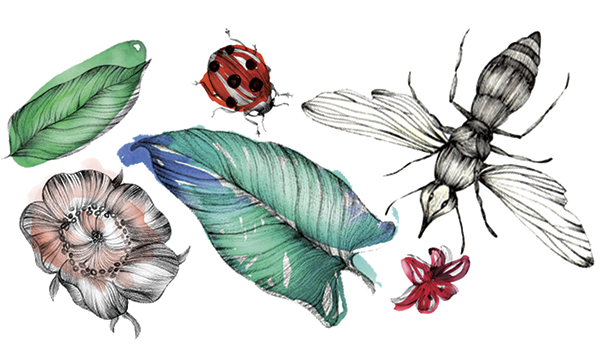The art exhibition of the year in London is Artemisia Gentileschi at the National Gallery, the extraordinary seventeenth-century woman painter whose life and works are compellingly intertwined. Go and see it if you can, to encounter her life as well as her works, and her life in her works. Her depiction of herself as St Catherine of Alexandria is defiant, looking at the viewer with a combination of boldness and reserve.
I’ve been listening to an interview about the exhibition with Germaine Greer on the BBC Today programme in which the presenter, Mishal Husain, remarks that Artemisia took her subjects from “mythology and history such as St Catherine of Alexandria”. Well, no. Artemisia did take subjects from both these things but her primary matter was religion, which she did not see as myth. She and her clients knew St Catherine as the patron saint of philosophers, for arguing the pagan scholars out of error before her martyrdom, represented by a shattered spiked wheel. If ever there were an image that conveyed female power it is this, and for Artemisia it is not mythological or allegorical but real.
01 October 2020, The Tablet
In Artemisia Gentileschi’s hands, Christian art was feminist

Get Instant Access
Continue Reading
Register for free to read this article in full
Subscribe for unlimited access
From just £30 quarterly
Complete access to all Tablet website content including all premium content.
The full weekly edition in print and digital including our 179 years archive.
PDF version to view on iPad, iPhone or computer.
Already a subscriber? Login


